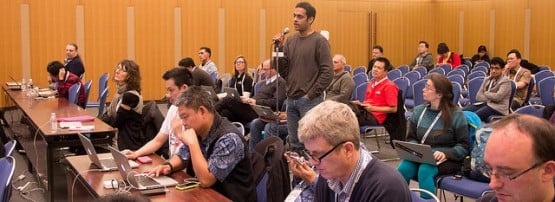
At APNIC 39 in Fukuoka, Japan, the Policy SIG began discussing resource registration issues that may result in new APNIC resource policies.
The accurate registration of resource allocations and assignments is already a clear requirement in APNIC policy. Each class of resources already has its own registration requirements in APNIC policy because registration is one of the core Goals of Internet Resource Management that underpin all APNIC policies.
The registration requirements for IPv4, IPv6, and AS numbers is explained at Section 5.3 of the new single policy manual.
Although there are some requirements common to all three, there are some slight variations in the wording as each policy was developed independently and at different times.
One requirement that is the same for all three types of resources is the registration of an IRT (Incident Response Team) object, which is required for all inetnum, inet6num, and aut-num objects in the APNIC Whois Database. This requirement is the result of prop-079, which was implemented in late 2010. The IRT reference is mandatory for each allocation or assignment in the database. Without one, the system will not allow the user to make a new entry or update an existing one.
The result is a high level of conformance. My most up-to-date figures show that 4,521 accounts have at least one IRT object registered out of a total 4,521 Members. In total there were 9,446 IRT objects in the database when we checked for this blog post.
However, these figures mask some less encouraging detail.
- Out of 912,587 inetnum objects in total, less than half (350,718 or 34.43%) have an IRT reference
- ASNs are slightly better, but not by much. Out of a total of 9,200 autnum objects, only 5,334 (57.97%) have the IRT registered
- The situation is much better with inet6num objects, where 60,799 (98.55%)out of 61,690 have an IRT referenced
That’s one place where IPv6 is well ahead of IPv4, at least!
In my next post, we will look at the discussion that took place in Fukuoka and consider what it might mean for the future of the APNIC Policy SIG.
The views expressed by the authors of this blog are their own and do not necessarily reflect the views of APNIC. Please note a Code of Conduct applies to this blog.
